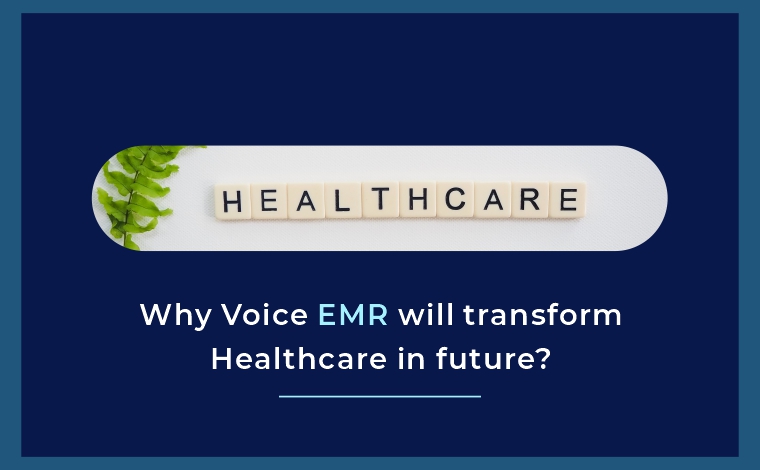
Voice technology is well on its thanks to changing the healthcare industry thanks to its super convenient interface and early adoption of users within the field. Let’s understand all the possible use cases where big giants in medicine and other domains are leveraging this exciting technology. The adoption trend goes both ways.
At one end, where more and more patients are finding it easier to use voice-activated devices like Microsoft’s Cortana, Amazon’s Alexa, and Google Home, many hospitals and health systems also are developing voice-activated tools for patients. we can definitively say that users are making this a successful attempt.
On the opposite end, technology experts are leaving no stone unturned. They’re constantly engaged in improving the standard of voice recognition software. Aside from this, developers are busy finding creative voice technology solutions to assist people to manage their medical conditions, whether acute or chronic. We can surely call it a win-win situation for patients, clinicians, and technology experts. Improvements in speech recognition technology and decreasing device prices present exciting opportunities for medical organizations.
As voice technology grows more sophisticated, patients can engage with their health reception through voice-assisted technology. We can call it a boon that voice may be a touchless interface that makes it easy to integrate into a sterile environment like an operating or procedure room. For example, doctors can discuss with one another using headset mics which are integrated with voice assistants. after they speak into their headsets, the message is transmitted to voice assistants who, in turn, pull up the desired report, information, or anything and show it on the large screen within the operating or procedure room.
Advances in AI, Machine Learning, Big Data, and Cloud Computing are helping to drive the implementation of voice technologies in updating healthcare records. For example, accurate speech-to-text programs have shown the power to transcribe physicians’ notes more accurately than the ordinary human medical transcriptionist, and voice recognition models offer a way for reducing common issues like illegible handwriting and insufficient documentation of procedures. Another vital role that a voice assistant can play in operating rooms or any physician’s room is capturing clinical notes.
This helps doctors save plenty of time writing prescriptions or recording complete medical histories of patients tormented by chronic diseases and specialize in their patients instead of their EMRs. Finally, voice assistants became an inevitable part of the patient recovery system. Whether staying during a room or after discharging a patient to recover reception, voice interfaces help patients connect into their environment significantly once they have restricted mobility.
Beginning with simple tasks like dimming lights, adjusting the temperature of an area, and controlling volume levels, voice can empower users to control their environment. Moving to more integrated options, the voice may also order food, request nursing assistance, or understand more about your medical condition from trusted sources using various health apps as vocal recognition technology continues to mature and become more widely adopted, the extent of acceptability and adoption within the Healthcare industry increases.
